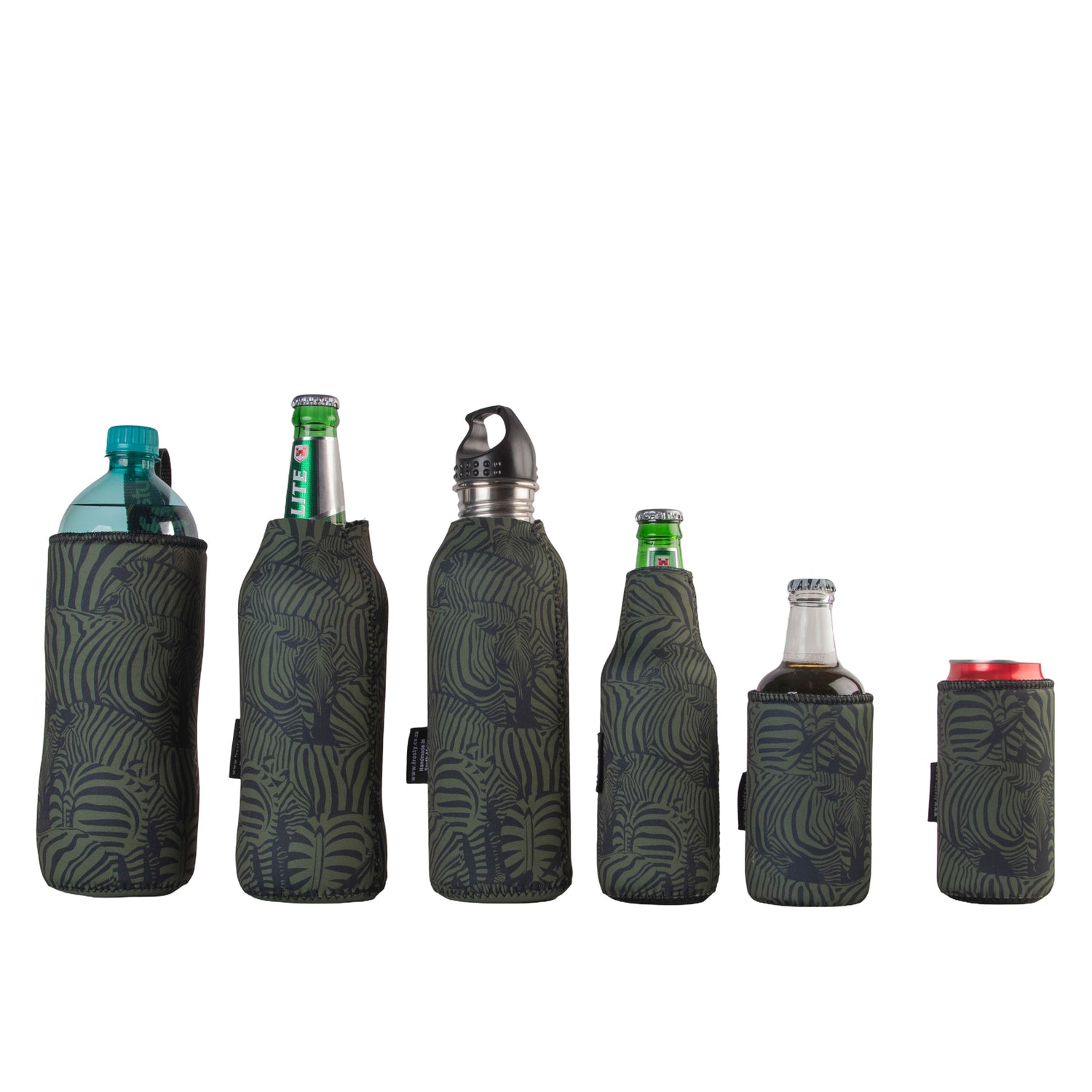Springboks vs Samoa (and some observations on England vs Wales)
Share

It turned out be a comprehensive victory – 46 to 6 for the South Africans who had been under the sjambok since the unexpected defeat to Japan the previous week. So here was a unit, determined to play fast, attacking rugby, based on the fundamental skills of the game and built on a sound defence. They did just that.
For the most part, the forwards were full of fire and brimstone signifying a lot – driving, rucking, mauling, all with a hitherto unseen purpose and passion. Burger had a great game, Matfield was magnificent in the lineout and Louw was all over the place, gaining possession. It was good to see ‘Old Blood and Guts’, Vermeulen, back to his fearsome best, in the thick of battle with other dependable warriors like Strauss and Mtawarira.
Among the backs, the passing was slick and handling sure – only a couple of poor low passes to the right, one of which Pietersen had to catch off his bootstraps which meant he had come to a standstill. Is there really an excuse for a pass like that when a backline is on the attack? It killed the whole movement. If a team really and truly wants to win a World Cup final, passing has to be as near to perfect as dammit – to the right as well as the left.
During the past week, after the loss to the Brave Blossoms, there had been much wailing and gnashing of teeth across the nation. Some bemoaned the poor standard of play by the Boks all round. There were critics who wanted Meyer’s head on a plate, ‘ Now, Boet, now!.....send daai meid, Salome, nou-nou.’ They had a point. Others, full of angst and bitter anger, drew attention once again to the Old Guard, the Injured, the Lame and the Unfit. They have a point. The preparation, especially mentally, could not possibly have been up to standard. Japan were regarded as best as a nuisance and at worst a pushover. The shock which followed the Boks’ loss rumbled like an earthquake – 6.9? – across the platteland and under the dorps and cities. (Yet, let’s keep things in perspective; the majority of South Africans were much more disturbed by the poor form of Kaiser Chiefs.)
In the match against Samoa, what impressed me most was the Boks’ plan to maintain possession and use the ball to go forward. “Elementary, my dear Watson’, but not always appreciated and done. Remember, this is a squad of players, many of whom have played in teams infamous for kicking away the ball. Pienaar is the best/worst exponent of this. A mindless repetition because some so-called ‘expert’ once said, ‘kick it over the scrum, then you can moer the hell out of your opponents,’ or something like that.
For me, it is the best example of a ‘ploy’ that is accepted as part of the game but hardly ever analysed. Invariably, all it does is give away possession. Sometimes, to be fair, after the boring ‘ping-pong’ kicking, maybe 12 metres will be gained. Big deal. But maybe Meyer is getting the message at long last. Fourie du Preez kicked only one(!) box-kick in the entire match against Samoa. I defy anyone to show me when that last happened.
Was this performance enough to reassure us for future matches against the likes of Australia, England, Wales, France and New Zealand? I don’t think so. Far more has to be done – more backline initiative involving the use of the blindside wings as decoys or runners, practice over and over again using the blindside from various positions. When used timeously, it’s deadly e.g. Ben Youngs’ awareness that Wales had only one defender on the blindside, ran into him and sent Jonny May in for a fine try.
Our place-kickers have to raise their levels at least a notch, possibly two. In the Wales vs England game, Dan Biggar, at flyhalf for the ‘Men of Harlech’, kicked 8 out of 8 ! That’s the standard required, no less. Between them, Pollard and Lambie missed 3 or was it 4: fine against Samoa, but self-selfdestructive against strong opposition.
In the SA vs Samoa game, drops were not needed, but I hope the flyhalves are practising them assiduously. With defence structures as solid as they are among the top teams, the drop has to be one of the most important weapons, and I’m not just thinking ‘Stransky’ (1995) Larkham (1999!!!) or Wilkinson (2003), let alone the great Jannie de Beer (1999).
It takes courage to drop for goal because coaches and spectators are only impressed if the ball goes over. A metre to the side and the kicker is consigned to perdition. ‘Why didn’t the idiot pass the bloody thing?’ etc,. etc., etc. To give an example, when Biggar tried a drop and failed he was roundly booed; when Farrell’s attempt went over, the applause was deafening. So flyhalves must know that where dropkicks are concerned, Joe Public is just another ignorant and fair weather friend. Ignore him. At the right time in the right place, with the support of the coach, the drop is a match-winner. De Beer’s 5 successful drops against England in 1999 set the standard.
I can’t help recalling too, in this regard, that in the 1995 final, fifteen minutes before Joel Stransky’s World Cup winning kick, Andrew Mehrtens attempted a drop which missed the right upright by a mere three metres. In 2003, Lambie’s effort from 45m out missed by a metre. If it had gone over, we’d have made the semi-finals and the Australians would have hung their heads. Such are the small margins between success and defeat when teams are equally matched.
So what’s it take to win the Cup when you’ve reached the knock-out stage? Of course lineouts and scrums must be at least as good or better than one’s opponents, ball-fetching and rucking must be of the highest order, you CAN’T give away penalties in your own half, passing and handling must be perfect and when I talk about passing, I mean ‘normal’, ‘overhead’, and the devastating ‘off-load in the tackle’.
Faced by resolute and rush-defence, there have to be plans which include the grubber and the chip. Players like le Roux seem to prefer the chip, which is fine if it’s perfectly done. Of late, his chips have led to loss of possession. When they are retained, the excitement of attack is intense. (I make no apology for recalling once again Charl McLeod’s brilliant exhibition of chip-kicks to win the Currie Cup for Natal at Newlands a few years ago.) It’s all about situational practice isn’t it, like golfers perfecting their bunker play, over and over again, to quote just one other sport.
I'm sure you were as thrilled as I by Wales’ match-winning try. Their left wing Lloyd Willams, blocked by covering defence, had no choice but to grubber infield. He executed it perfectly with his ‘outside’ left foot. Gareth Davies was on it in a flash and that was it.
Now! Now! Let’s get serious: If Bryan Habana had been on that wing, what would he have done? You see as I have said more times than I can recall, Habana is on the wrong wing, because he can’t kick with his left foot!!!! He could not have kicked that grubber. He’d have done what he what he always does – duck inside and look for support. I rest my case. (Mike Brown of England is another one-footed wonder. Did you see how a Biggar diagonal to Brown’s right touchline had him scampering infield in an effort to employ his left foot. He was caught? Wales on the attack. Pathetic. (Yes, yes, I know Percy M and Chris Latham got away with it most times, but it’s inexcusably poor coaching.)
What always impresses me about All Black teams is their support play for one, and their ability to create the extra man. After all the fundamental stuff has been seen to, if you can’t produce support at every single moment and then bring in the extra man, it’s difficult to win. In their second half against Namibia, they stepped up two gears and their running with and off the ball was amazing. Sonny Bill should start; he was electricifying. But then you have to drop Conrad Smith or Nonu!! What a problem to have.
I look forward to see how we play against the brave Scots.
Neil Jardine
27 September 2015
Sad to hear our captain, Jean de Villiers is out of the tournament with the other side of his jaw broken. Terribly bad luck. Nice man who can look back on a wonderful career.


